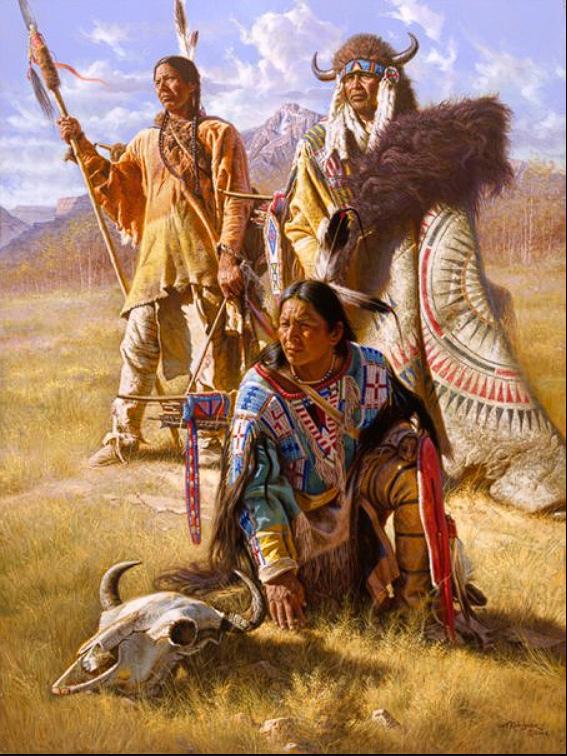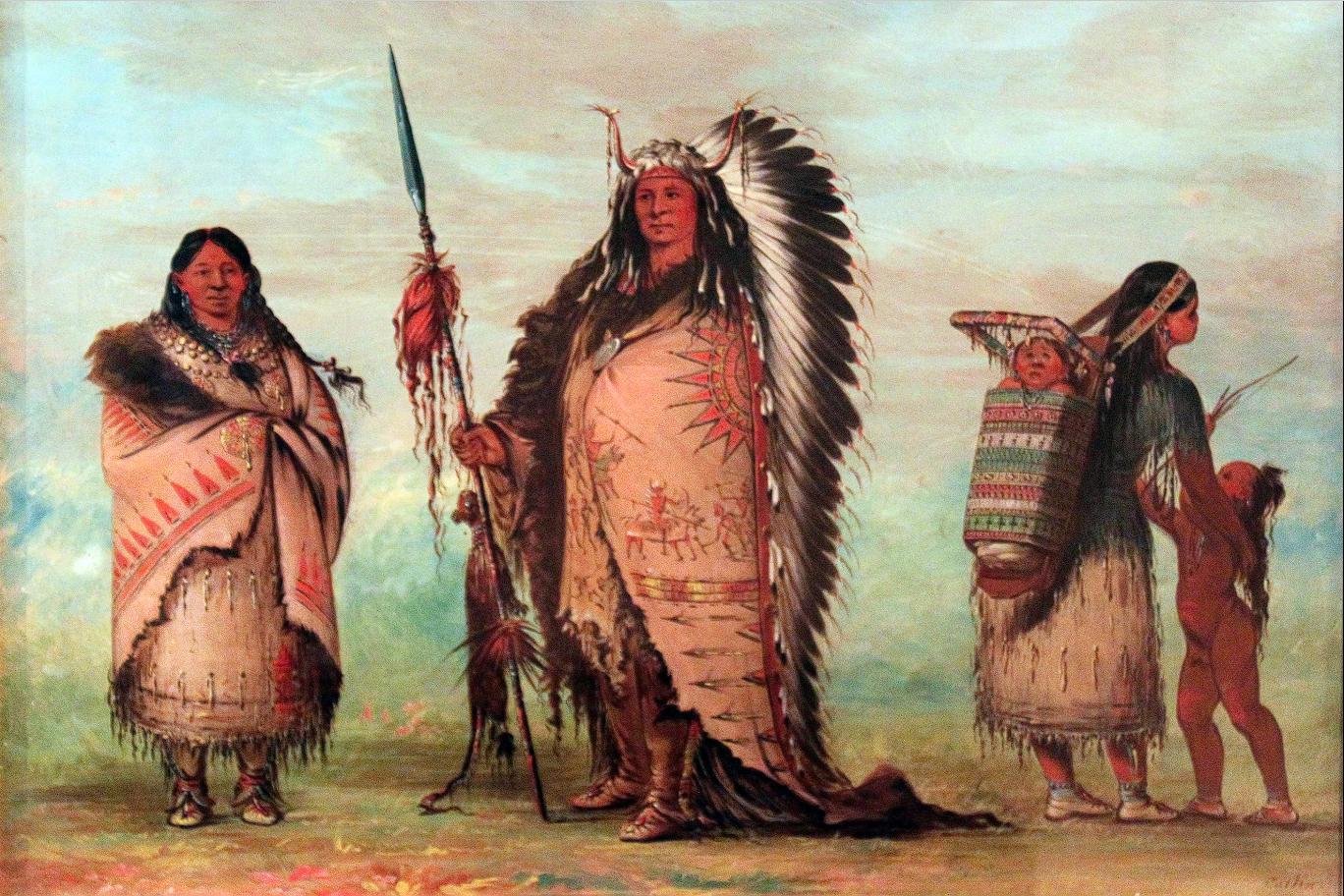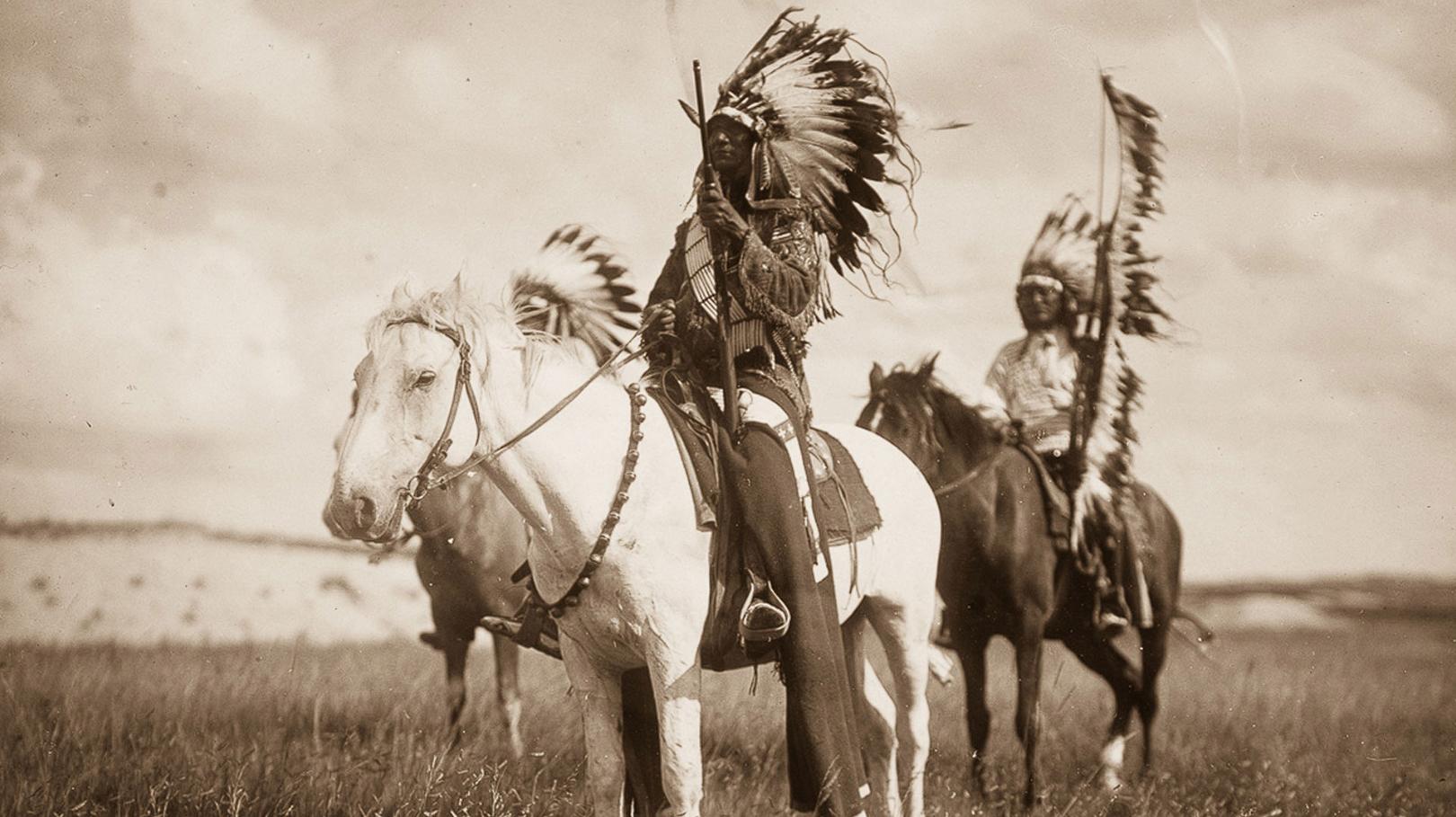The Indigenous peoples of North America represent a vast and diverse tapestry of cultures, languages, and histories. Their contributions to the continent’s heritage are immeasurable, yet their stories are often overlooked in mainstream narratives.
A Tapestry of Nations: Diversity and Resilience
North America is home to a multitude of Indigenous nations, each with its own unique traditions, languages, and histories.
A Multitude of Nations
From the Arctic to the tropics, Indigenous peoples have thrived in North America for millennia, adapting to diverse environments and developing complex societies.

- Regional Diversity:
- Indigenous nations are spread across the continent, from the Inuit and Yupik in the Arctic to the Maya and Zapotec in Mesoamerica.
- Each region is home to distinct cultural groups, each with unique customs and traditions.
- Linguistic Diversity:
- Hundreds of Indigenous languages are spoken across North America, reflecting the rich diversity of these cultures.
- Many of these languages are endangered, highlighting the importance of language preservation efforts.
- Cultural Adaptations:
- Indigenous peoples have demonstrated remarkable adaptability, developing unique ways of life suited to their environments.
- From hunting and gathering to agriculture and complex urban societies, their ingenuity is evident.
Historical Injustices and Resilience
Indigenous peoples have faced centuries of oppression, yet their resilience and determination to preserve their cultures are a testament to their strength.

- Colonization and Displacement:
- European colonization brought devastating consequences, including forced removal from ancestral lands and the imposition of foreign cultures.
- The impacts of these injustices are still felt today.
- Cultural Suppression:
- Efforts to assimilate Indigenous peoples into dominant cultures led to the suppression of traditional languages and practices.
- Boarding schools and other policies aimed to erase Indigenous identities.
- Ongoing Struggles:
- Indigenous communities continue to face challenges such as poverty, discrimination, and environmental threats.
- Their ongoing struggles highlight the need for greater understanding and respect for their rights.
Cultural Revitalization and Preservation
Indigenous communities are actively engaged in efforts to revitalize and preserve their cultures, ensuring that their traditions endure for future generations.

- Language Revitalization:
- Indigenous communities are working to revive endangered languages through educational programs and cultural initiatives.
- These efforts aim to ensure that future generations can speak and understand their ancestral languages.
- Cultural Practices:
- Traditional ceremonies, arts, and crafts are being preserved and passed down to younger generations.
- These practices serve as a vital link to the past and a source of cultural identity.
- Educational Initiatives:
- Indigenous-led educational programs promote cultural awareness and understanding, both within and outside Indigenous communities.
- These initiatives help to combat stereotypes and promote accurate representations of Indigenous history and culture.
Prominent Indigenous Nations
While it’s impossible to list every Indigenous group, here are a few examples of prominent nations that have played significant roles in North American history.
The Navajo Nation
The Navajo Nation, located in the southwestern United States, is one of the largest and most influential Indigenous nations in North America.
- Population and Territory:
- The Navajo Nation has a population of over 300,000 and occupies a vast territory spanning several states.
- Their land base is a testament to their enduring presence in the region.
- Cultural Traditions:
- The Navajo people have a rich cultural heritage, including traditional weaving, silversmithing, and storytelling.
- Their traditions are deeply connected to their land and their spiritual beliefs.
- Contemporary Challenges:
- The Navajo Nation faces challenges such as poverty, environmental degradation, and healthcare disparities.
- They are actively working to address these issues and improve the lives of their citizens.
The Cherokee Nation
The Cherokee Nation, historically located in the southeastern United States, is another prominent Indigenous nation with a long and complex history.

- Historical Significance:
- The Cherokee people have a rich history, including the development of a written language and a sophisticated political system.
- Their history also includes the tragic Trail of Tears, a forced removal that resulted in immense suffering.
- Cultural Preservation:
- The Cherokee Nation is actively engaged in preserving its language, culture, and traditions.
- They operate museums, cultural centers, and educational programs to promote their heritage.
- Contemporary Governance:
- The Cherokee Nation has a modern government that provides services to its citizens and advocates for their rights.
- They are a strong voice for Indigenous sovereignty and self-determination.
The Sioux Nations
The Sioux, also known as the Lakota, Dakota, and Nakota, are a group of Indigenous nations that have historically inhabited the Great Plains region.
- Great Plains Culture:
- The Sioux people are known for their strong warrior traditions, their connection to the land, and their spiritual beliefs.
- Their culture is deeply intertwined with the natural environment of the Great Plains.
- Historical Resistance:
- The Sioux nations played a significant role in resisting westward expansion and defending their ancestral lands.
- Their history is marked by both conflict and resilience.
- Contemporary Issues:
- Sioux communities face challenges such as poverty, unemployment, and environmental concerns.
- They are working to revitalize their cultures and address the needs of their people.
The Indigenous peoples of North America have a rich and diverse heritage that deserves to be celebrated and respected. Their stories are essential to understanding the history of the continent, and their ongoing struggles highlight the need for greater awareness and support.
